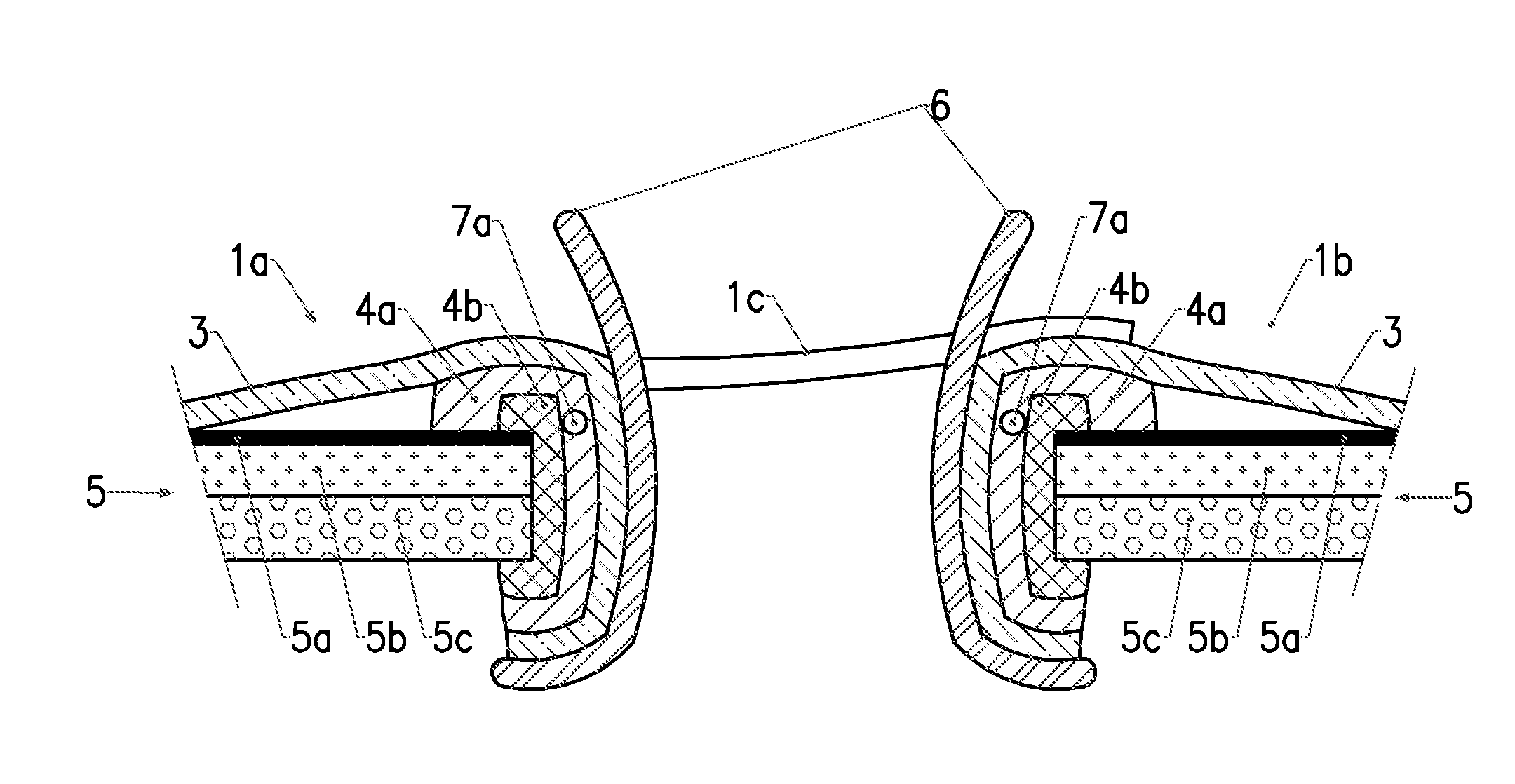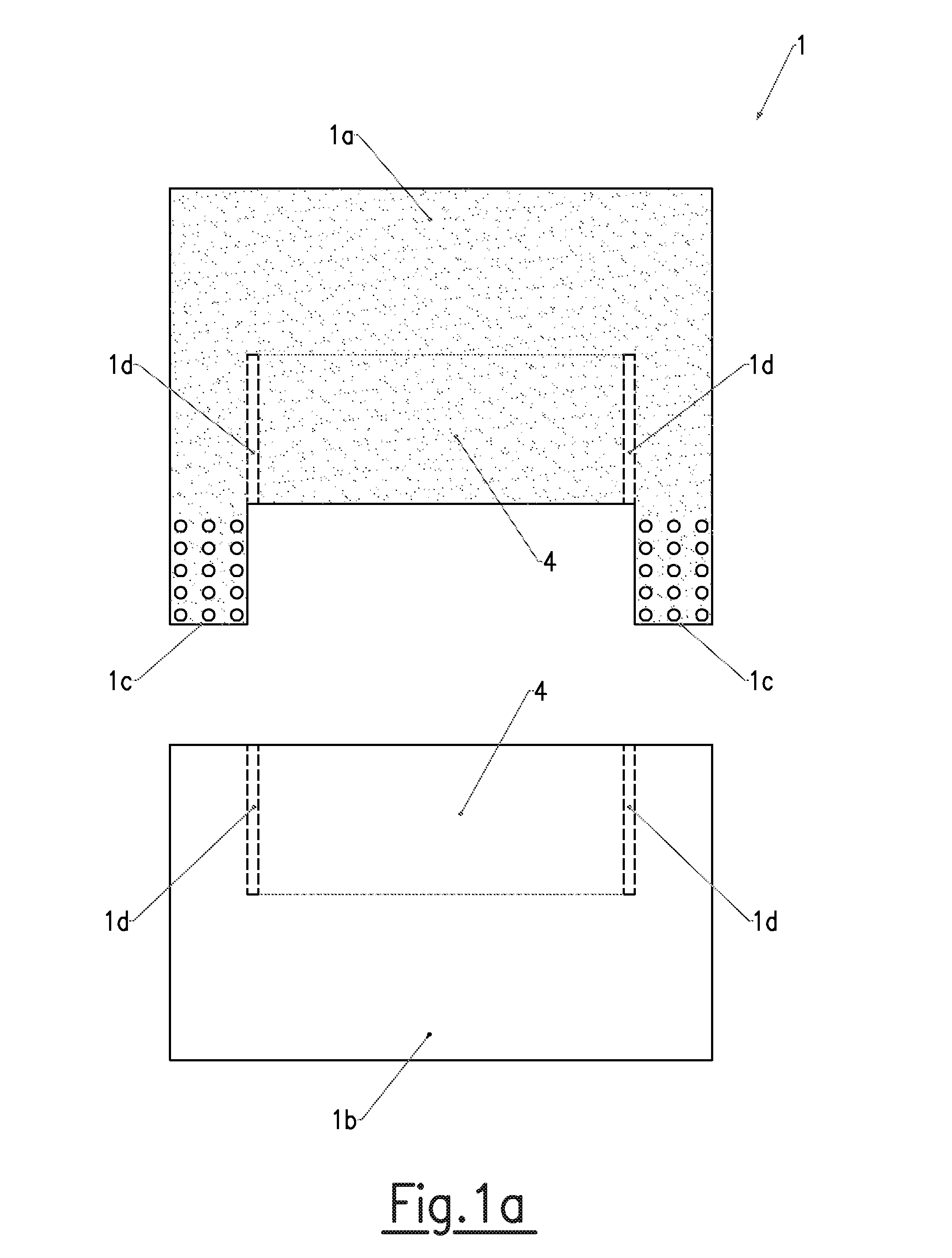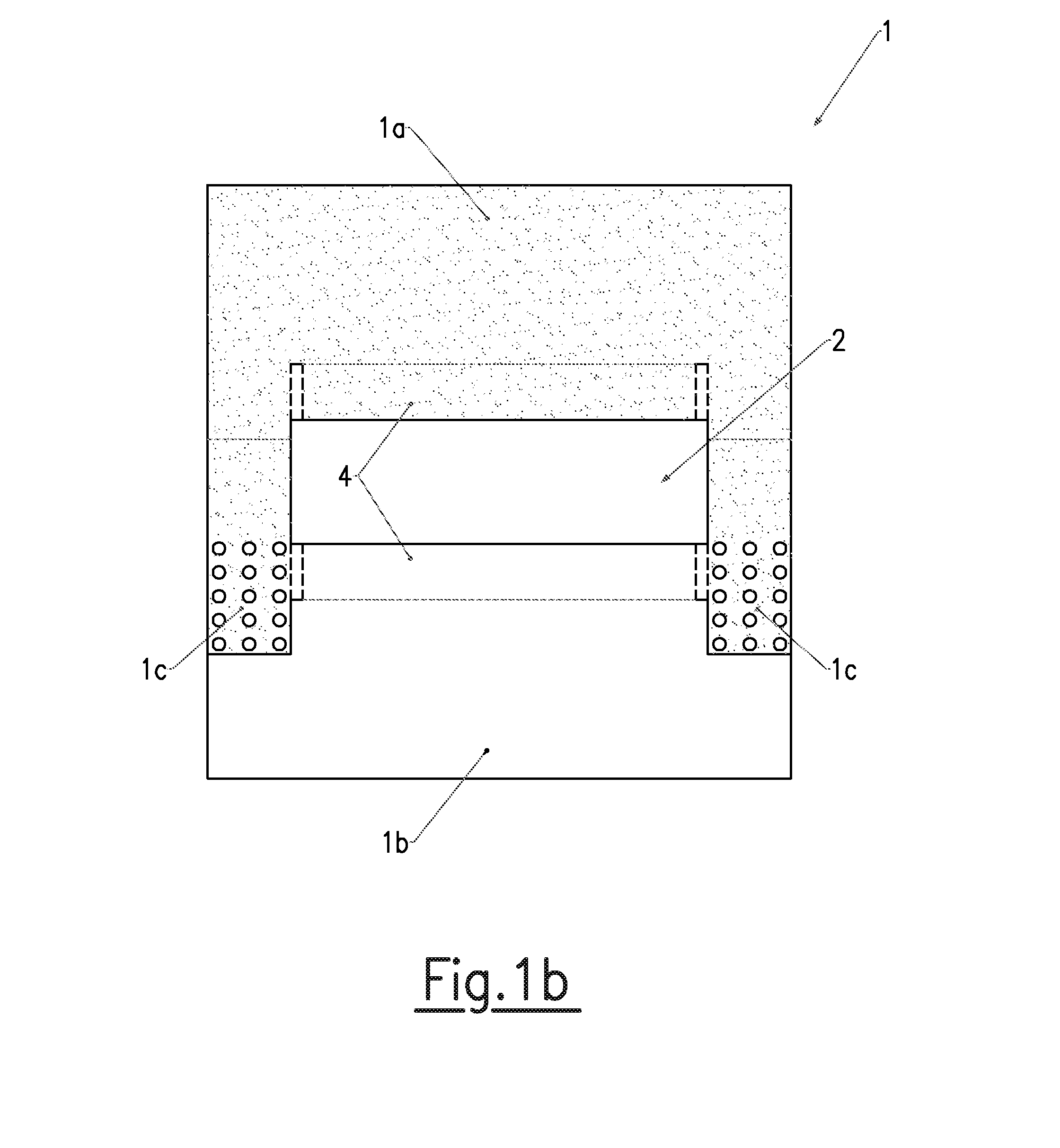Device for active protection of incision margins
a technology for incision margins and devices, applied in the field of antibacterial agents, can solve the problems of limited use of povidone iodine, harmful to the health of patients, and insufficient effectiveness of surgical drapes, and achieve the effect of protecting the latter
- Summary
- Abstract
- Description
- Claims
- Application Information
AI Technical Summary
Benefits of technology
Problems solved by technology
Method used
Image
Examples
Embodiment Construction
[0041]In accordance with the invention, the antibacterial agent is characterized by the fact that it comprises as an active ingredient a hemostatic contact cloth having an acidic pH combined with povidone iodine.
[0042]This antibacterial agent is designed to be used in humans and / or animals in order to protect and / or treat wounds and / or incisions against bacterial infections. The use of the antibacterial agent is carried out by local application on the wound and / or the incision margins. For example, a surgical dressing incorporating the antibacterial agent in accordance with the invention can be used.
[0043]The posology will be adapted depending on the pH of the hemostatic contact cloth, the possible bacterial infection to be treated and the profile of the patient. To have a maximum effectiveness, the antibacterial agent optimally comprises between 70 μL and 130 μL of povidone iodine, pure or diluted, per 2 cm2 to 16 cm2 of hemostatic contact cloth. However, these dosages are not limi...
PUM
| Property | Measurement | Unit |
|---|---|---|
| thickness | aaaaa | aaaaa |
| thickness | aaaaa | aaaaa |
| length | aaaaa | aaaaa |
Abstract
Description
Claims
Application Information
 Login to View More
Login to View More - R&D
- Intellectual Property
- Life Sciences
- Materials
- Tech Scout
- Unparalleled Data Quality
- Higher Quality Content
- 60% Fewer Hallucinations
Browse by: Latest US Patents, China's latest patents, Technical Efficacy Thesaurus, Application Domain, Technology Topic, Popular Technical Reports.
© 2025 PatSnap. All rights reserved.Legal|Privacy policy|Modern Slavery Act Transparency Statement|Sitemap|About US| Contact US: help@patsnap.com



